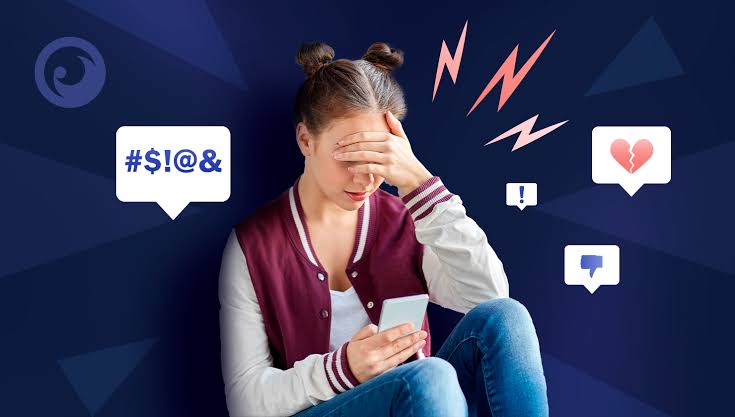Numerous chances for creativity, connection, and communication have been made possible by the digital age, but it has also given rise to new kinds of abuse. Cyberbullying and online harassment have become disturbingly common, affecting people of all ages, from teenagers to working professionals. Whether through threatening messages, public shaming, impersonation, or relentless trolling, the psychological toll of online abuse is often just as devastating as its offline counterpart. Recent legislation in Washington D.C, has strengthened protections for victims of online harassment, making it easier to pursue legal action against digital abusers.
Fortunately, the law is catching up. If you or someone you know is a victim of cyberbullying or online harassment, there are clear legal options available. Here’s what you need to know about protecting yourself and seeking justice.
1. Understanding Cyberbullying And Harassment
Cyberbullying refers to repeated, aggressive behavior conducted via digital devices—usually targeting individuals through social media, text messages, forums, or emails. Online harassment includes a broader range of behaviors, such as stalking, threats, identity theft, and defamation.
Both involve a pattern of behavior intended to intimidate, control, or harm the victim. While these acts may happen behind a screen, their effects are very real—causing anxiety, depression, emotional trauma, and even physical harm.
2. Recognizing When Online Behavior Crosses The Legal Line
Not all negative or rude behavior online qualifies as illegal. But when it becomes targeted, repetitive, and causes significant distress or harm, it can become criminal or civil liability.
Examples of potentially unlawful online behavior include:
- Threatening physical harm.
- Releasing private information (doxxing).
- Sharing explicit images without consent (revenge posting).
- Creating fake profiles to impersonate someone.
- Sending repeated, unwanted messages.
- Defaming someone with false claims.
Different jurisdictions have different laws, but many have specific statutes that deal with these kinds of actions.
3. Document Everything
If you’re being harassed online, the first and most important step is documentation. Take screenshots of abusive messages, profile impersonations, or threatening comments. Keep track of emails and record the times and dates of incidents. In the event that you choose to take legal action, your records will be crucial, even if the content is later removed.
Avoid engaging with the harasser—responding can escalate the situation. Instead, report the behavior to the platform and block the offender if it’s safe to do so.
4. Report The Abuse To Authorities Or Legal Counsel
Many countries and U.S. states have cybercrime units that investigate online harassment, especially when it includes threats of violence, stalking, or targeted abuse. Police reports are necessary if you’re seeking a restraining order or pressing criminal charges.
In addition to reporting the harassment to law enforcement, you may also want to consult a lawyer. A legal professional can help you file civil claims, such as defamation or emotional distress lawsuits, depending on the severity and impact of the abuse.
5. Legal Remedies Available To Victims
There are a variety of legal paths victims can take depending on the situation:
- Criminal Charges: In severe cases, harassers may be prosecuted under cyberstalking, harassment, or threat-related laws.
- Restraining Orders: Protective orders, which prevent the harasser from getting in touch with or approaching the victim, can be issued by courts.
- Civil Lawsuits: Victims may sue for damages related to emotional distress, loss of reputation, or invasion of privacy.
- Platform Enforcement: Social media companies can suspend or permanently ban users who violate their harassment policies. Some also cooperate with law enforcement when necessary.
6. Protecting Yourself Going Forward
While the law can help you seek justice, prevention is also key. Strengthen your privacy settings, limit the amount of personal information you share, and be cautious when interacting with unknown users. Educating yourself about digital safety practices can reduce your exposure to harmful online behavior.
Conclusion
Cyberbullying and harassment are serious issues—but you’re not powerless. Legal systems are increasingly responsive to the unique challenges of the digital age, offering tools and protections for those affected. If you’re a victim, remember that you’re not alone, and there are actionable steps you can take to reclaim your safety and peace of mind online.

